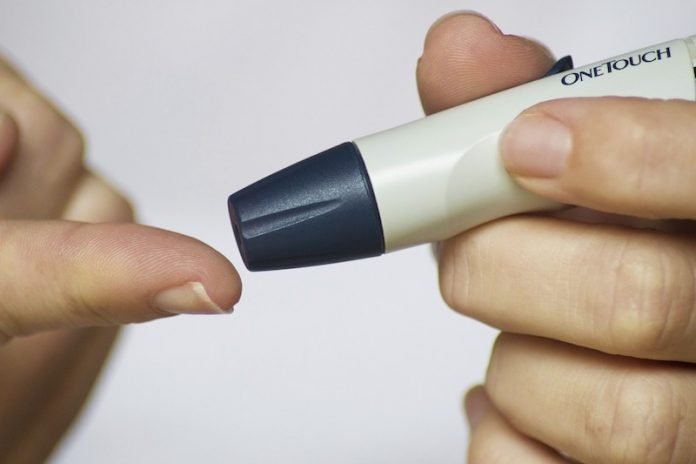
In a new study, researchers examined why some new diabetes drugs cause heart dysfunction in diabetes patients.
They found these drugs have a profound toxic effect on the generation and function of mitochondria, the tiny energy factories that power cells.
The research was conducted by a team from Temple University.
Like catching two fish with one worm, treating two problems with a single drug is efficient, but exceedingly difficult.
In particular, for new diabetes medications, in which one drug aims to tackle two major complications of diabetes—the excess of both lipids and glucose in the blood—the therapeutic benefits, while great, frequently are accompanied by dangerous toxic effects to the heart.
Despite reduced triglyceride and glucose levels in the blood, patients can develop cardiac dysfunction.
Why and how these drugs, known as dual PPARα/γ agonists, lead to the harmful heart effects have been unclear.
In the new study, the team found that the combined activation of PPARα and PPARγ receptors by a single agonist drug, tesaglitazar, blocked the activity of proteins involved in mitochondrial biogenesis and energy production, including a protein known as SIRT1.
When they reactivated SIRT1 with resveratrol, an antioxidant widely known for its presence in grape skins, heart toxicity was reduced and the benefits of dual lowering of lipid and glucose levels were maintained.
The effects of PPARα and PPARγ receptor activation are like the fish that researchers are trying to bait.
The PPARα receptor binds molecules such as fibrates, which help reduce blood triglyceride levels and increase levels of high-density lipoproteins (HDLs) – popularly known as “heart-healthy” fats.
Meanwhile, PPARγ receptors attach molecules that help lower blood glucose levels.
The popular diabetes drugs are known as thiazolidinediones (TZDs), which include pioglitazone and rosiglitazone (the latter marketed as Avandia), bind to PPARγ receptors.
Because these drugs given alone have been questioned for cardiac toxicity, the idea emerged for dual PPARα/γ activation by a single drug—the one piece of bait that in theory successfully lures the two fish—the combined lipid- and glucose-lowering effects of PPARα/γ coactivation.
The team treated diabetic mice with tesaglitazar in combination with resveratrol, which serves as an activator of SIRT1.
They found mice treated with the combination of the two drugs had reduced heart toxicity, relative to tesaglitazar-only therapy, and their heart cells exhibited normal mitochondrial function.
The team says they have much a clearer idea of how heart toxicity arises from treatment with dual PPARα/γ agonists.
This allows them to more effectively guide the development of future PPAR-targeting drugs.
One author of the study is Konstantinos Drosatos, Ph.D.
The study is published in the journal JCI Insight.
Copyright © 2019 Knowridge Science Report. All rights reserved.



